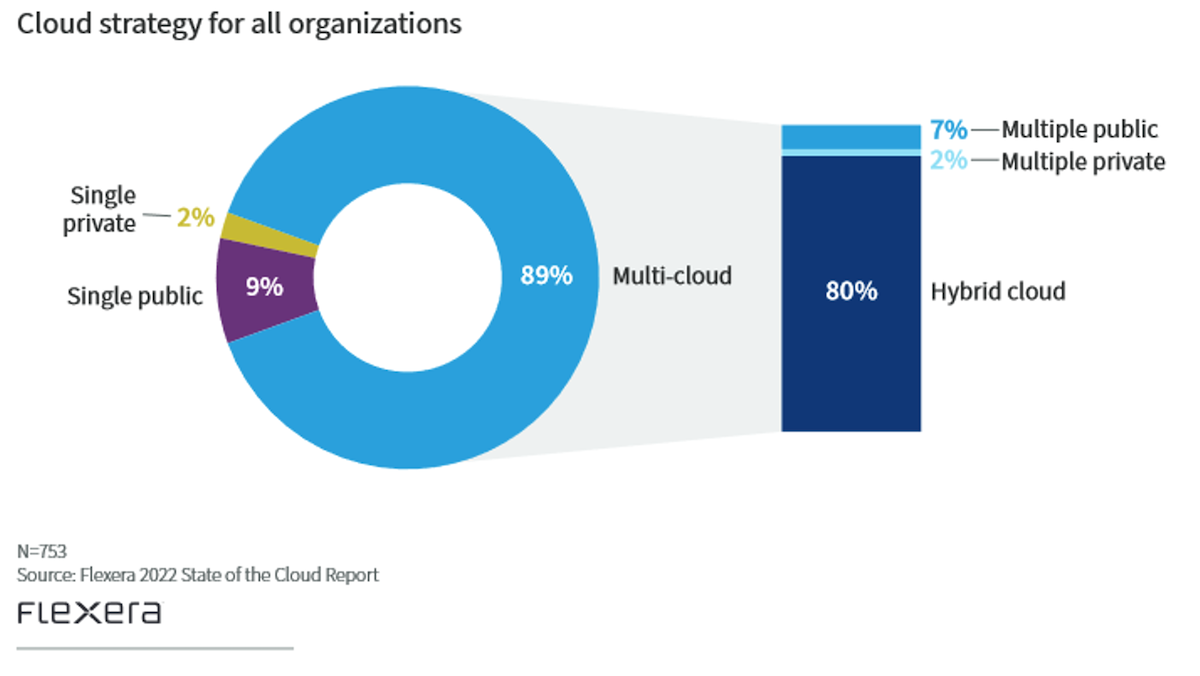Public cloud adoption has been increasing within enterprise IT. No longer is cloud computing the province of born in the cloud SaaS companies. The reduction of infrastructure procurement and operational expenses along with the rapid elasticity and availability of resources have led to reduced friction when provisioning infrastructure; be it for the deployment of new applications, or the scaling of existing ones.
With the scalability and flexibility of public cloud often comes complexity. Hyperscalers like AWS and Azure have numerous services, each with their own consoles and APIs to learn. Not to mention the fact that application design in public cloud needs to be drastically different to be successful. Rather than relying on the underlying infrastructure to be resilient, the application itself must be built in a distributed fashion to withstand outages within a datacenter or even the outage of an entire data center.
Many organizations do not have a fleet of developers and architects, nor do they have a large number of applications that were built in house that they can refactor for the public cloud. In many cases the organization’s needs may be simpler due to a lack of new cloud native projects. Many need just storage or DR services. Many want to get rid of some of their data centers, but a lift and shift to AWS doesn’t make sense for many of the aforementioned reasons. Being able to rehost a VM in its native format can complete objectives without introducing complexity of migration, refactoring, and new tool adoption.
Cloud for the Enterprise Crowd
Additionally, many medium sized organizations seek a white glove level of treatment that does not come with hyperscale cloud providers. They simply do not have enough staff nor enough time to adapt their entire operational model to that of a public cloud. For these organizations, a subset of smaller, more regional, and more specialized cloud providers have been emerging over the past few years.
These niche cloud and service providers have been emerging with fewer, more specialized services. Often times they are aimed at helping customers who will not rearchitect their applications but need a place to migrate existing applications and data or just need a location to protect their data via backup and/or replication. Most often the customers of these service providers are running VMware-based workloads. In these cases, service providers are able to provide a VMware-based IaaS platform in partnership with the VMware Cloud Provider Program (VCPP).

By providing a VMware-based IaaS service, these service providers are providing a landing zone for VMware-based VMs to their customers, either as as part of a migration project or a disaster recovery (DR) or backup target. Many of these service providers partner with third party companies like Zerto and Veeam to provide DR and backup services to their customers. These types of services among others have allowed these smaller, more specialized service providers to carve out their own niche within the cloud service provider landscape.
US Signal, for example, started life as a telecom company providing voice and interconnectivity services. Having this background allows them to highlight the interconnectivity and Internet services as a differentiator for customers who need high bandwidth, low latency connectivity. iLand has specialized in backup and DR services for years and have developed their own customized managed services around their partnerships with companies like VMware, Veeam, and Zerto.
Ken’s Conclusion
As public cloud has grown, there was likely a perception that it would be a threat to smaller service providers. However, cloud means something different to every organization, and the needs of every enterprise are not necessarily met by a hyperscaler. By carving out a specialized niche focused on the needs of a traditional enterprise and providing higher touch service, many cloud providers have not only found a way to survive, but to thrive.




